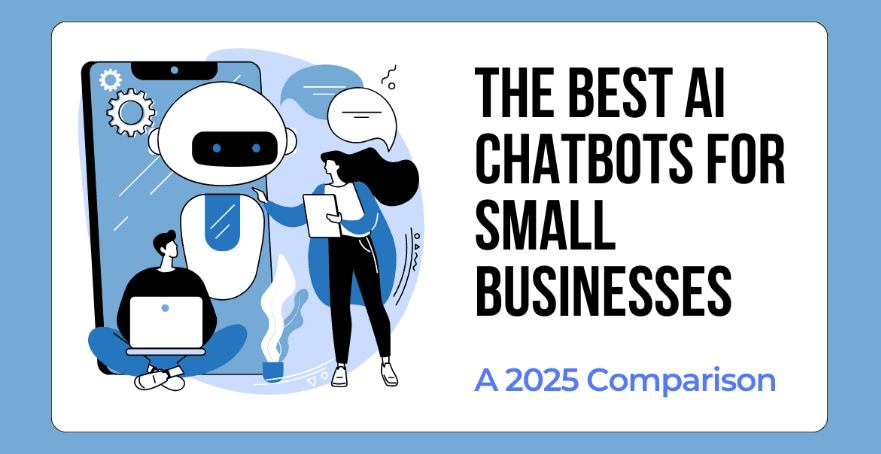What Is Prompt Engineering?
Oct 29, 2024
Introduction
In the fast-evolving world of artificial intelligence, knowing how to communicate with AI systems has become a vital skill. This is where prompt engineering steps in. Prompt engineering enables you to design precise, effective instructions that guide AI systems, enhancing their responses and making them more useful for specific tasks. Whether you're crafting responses for a chatbot, optimizing customer service interactions, or automating workflows, mastering prompt engineering is crucial.
At its core, prompt engineering is about precision and creativity. It combines the art of wording instructions with a deep understanding of how AI interprets human language. In this article, we'll dive into the essentials of prompt engineering, explore how it enhances AI's usability, and outline practical tips to create powerful prompts for your unique needs.
What is Prompt Engineering?
Prompt engineering is the practice of crafting precise instructions, or "prompts," that guide AI models to generate desired outputs. Just like a good question draws out useful information, a well-designed prompt instructs AI systems to deliver responses that meet specific needs. Whether it's generating product descriptions, answering customer queries, or summarizing data, prompt engineering is the key to unlocking the AI’s potential.
By giving AI clear, contextual guidance, prompt engineering bridges the gap between human intentions and machine responses. This practice not only improves the relevance and accuracy of AI outputs but also opens up new possibilities for automation, creativity, and problem-solving across industries.
Why Prompt Engineering Matters in Today’s AI Landscape
In the current era, AI applications are everywhere, from e-commerce and customer service to education and healthcare. But the effectiveness of these applications often depends on the clarity of the instructions given to the AI. This is where prompt engineering becomes indispensable.
Prompt engineering enhances efficiency by reducing errors, enabling faster response times, and ensuring AI-generated content aligns with business goals. For instance, a well-crafted prompt can help an AI chatbot provide clear, accurate answers to customer inquiries, reducing the need for human intervention and improving the customer experience. Similarly, in data analysis, specific prompts can streamline complex data processing tasks, enabling more insightful and relevant outcomes.
Core Elements of a Successful Prompt
Crafting a powerful prompt is both an art and a science. Here are the essential components:
Clarity: The prompt should be unambiguous, with a clear and straightforward purpose. Avoid vague language that could confuse the AI.
Context: Adding relevant context helps AI understand the intended outcome better. For example, if you’re using an AI model for customer support, specify that the response should be professional and informative.
Specificity: The more precise the prompt, the better the AI response. A specific prompt minimizes the AI’s guesswork and yields a result that closely aligns with the goal.
Tone and Style: Adjusting the tone or style in a prompt allows you to customize the AI's voice, whether it needs to be conversational, formal, or even humorous, depending on the audience and application.
These core elements work together to create effective prompts that optimize AI responses and improve overall usability.
Types of Prompts and When to Use Them
Different situations require different types of prompts. Here’s a breakdown:
Open-ended Prompts: These prompts allow the AI to generate a broad range of responses, ideal for creative applications or brainstorming. For example, "Describe a futuristic city."
Closed Prompts: These are direct and usually limit the AI’s response. Closed prompts are perfect for fact-based answers, customer service responses, or other cases where specific answers are required. For example, "What are the main features of our latest product?"
Instructional Prompts: These prompts give the AI a step-by-step task or set of instructions, useful for educational content or structured responses. For example, "List the steps to set up a new account on our platform."
Comparative Prompts: Useful in analytical scenarios, these prompts guide AI to make comparisons between concepts or products. For instance, "Compare the features of Product A and Product B."
By selecting the appropriate type of prompt, you can tailor the AI's response to fit the specific requirements of the task, making prompt engineering a highly versatile skill.
Common Mistakes in Prompt Engineering and How to Avoid Them
While prompt engineering can be transformative, there are common pitfalls that can lead to suboptimal results. Here’s what to watch out for:
Ambiguous Language: Vague prompts often lead to vague responses. Avoid words or phrases with multiple meanings, and clarify terms where necessary.
Overloading the Prompt: Attempting to ask too many things at once confuses the AI. Break down complex instructions into simpler, separate prompts to maintain clarity.
Neglecting Context: Lack of context can lead to irrelevant responses. Ensure the prompt includes enough background information so that the AI understands the intended scope.
Ignoring Tone and Audience: A prompt without tone guidance might lead to responses that don’t match your brand or audience’s expectations. Always specify the tone if the target audience requires it.
Avoiding these mistakes can drastically improve the quality of responses, leading to a more reliable AI output that aligns with your objectives.
The Future of Prompt Engineering
As AI technology advances, so does the art of prompt engineering. No-code AI platforms now allow individuals with minimal technical experience to experiment with and create powerful prompts, unlocking new potential for automation across industries. In the future, prompt engineering will likely evolve to accommodate more intuitive and interactive AI training methods, making it even more accessible to professionals across sectors.
This future means that anyone can leverage prompt engineering to fine-tune AI systems for their unique needs, whether it’s a startup aiming to automate customer inquiries or a large enterprise optimizing data analytics.
With this practical knowledge in prompt engineering, you’re well on your way to creating more impactful interactions with AI. Don’t forget to explore our prompt library for a curated selection of examples tailored to various applications. Ready to take the next step? Sign up for a free trial on AI Chatbot Hub and start building no-code AI agents today!
Related articles

Customer Service
General
The Best AI Chatbots: A 2025 Comparison
Feb 11, 2025

General
What Is Prompt Engineering?
Oct 29, 2024

Customer Service
Top 3 Prompts for Customer Support AI Agents
Sep 8, 2024